You won’t believe what’s unfolding in South Korea. A project that’s set to upend everything we know about transportation speed just hit a major milestone.
With urban congestion at a critical level worldwide, the need for a groundbreaking solution has never been more pressing. And Korea's transit innovations could be the answer we've been waiting for.
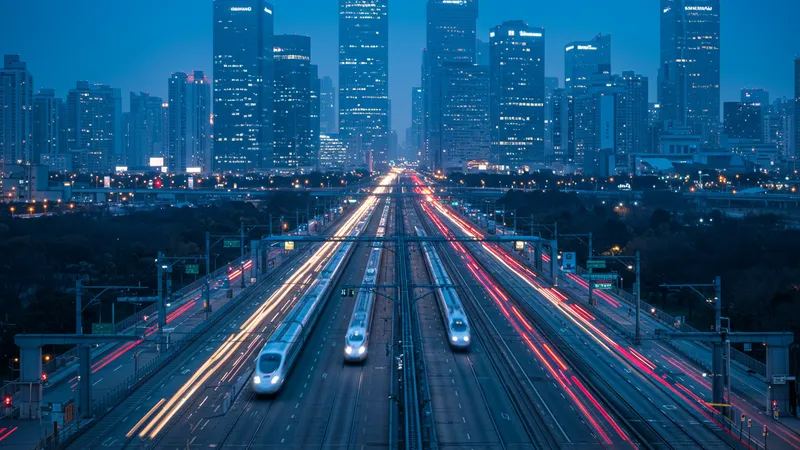
Imagine commuting from Seoul to Busan in under an hour. It’s not just sci-fi anymore. While Elon Musk’s Hyperloop has been hogging the limelight, Korea has quietly been developing a technology that doesn't just compete—it surpasses in feasibility. And no, this isn’t about hopping on a plane. But that’s not even the wildest part…
You might think these astounding developments are exclusive to futuristic dreams, far removed from everyday life. However, Korea's bold leap in transportation innovation is reshaping urban infrastructure as we speak. In fact, they’ve already begun implementing systems that could drastically cut travel time in cities worldwide. What happens next shocked even the experts…
At the heart of Korea's transportation metamorphosis is something called the Urban Maglev. This isn't your standard high-speed train; it's a magnetic levitation train that hovers above tracks, reducing friction and reaching impressive speeds. The trains glide silently, requiring minimal maintenance compared to conventional systems. Costs plunge further because conventional parts, like wheels, are almost nonexistent. It's not just about speed—it's about redefining how we experience urban transit. But there's one more twist…
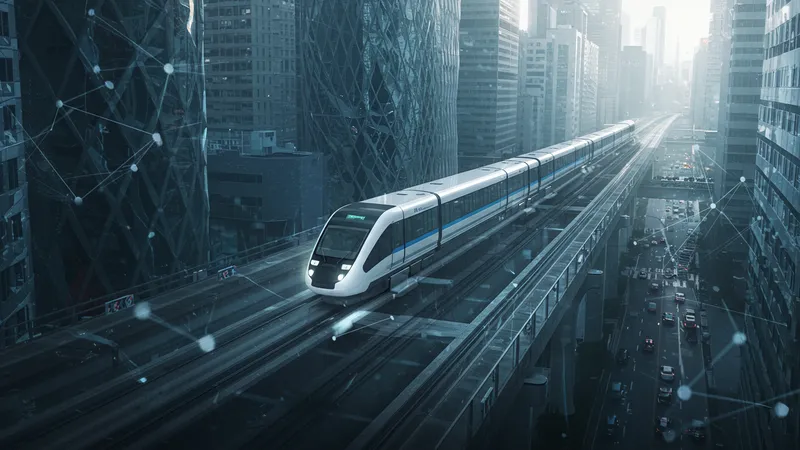
South Korea’s ambitions don’t stop at domestic improvements. They aim to set a global precedent by exporting this technology to nations grappling with urban transit issues. The idea is striking: create interconnected networks worldwide, shrinking continents into mere neighborhoods. Imagine the implications on a global scale; a vast leap indeed from the charm of quaint trains we romanticize today. What you read next might change how you see this forever.
A reported 30% drop in carbon emissions sparks yet another reason Korea's maglev advancement stands as a beacon for sustainable transit solutions. The silent, emission-free glide of the trains offers a glimpse into greener cities, ripe with clean air and free-flowing traffic. For a world grappling with climate change, the stakes are higher than ever, making Korea’s work even more crucial. But there’s an even deeper mystery in their evolving plan…
The future commands more than just technological allure. Citizens of South Korea are witnessing a rapid socioeconomic shift, with technology impacting job markets and lifestyle choices. But what does this mean for the global workforce as maglev technology spreads? Is the job market prepared for this revolutionary leap in infrastructure? These questions linger on the edge of this high-speed frontier.
Curiously enough, China has shown keen interest in collaborating on next-gen rail systems with Korea. While the two nations are often seen as regional rivals, they've found common ground on their shared journey toward transit innovation. This partnership could mean more rapid advancements and intertwined train networks across Asia. But wait until you hear who else is stepping into the game...
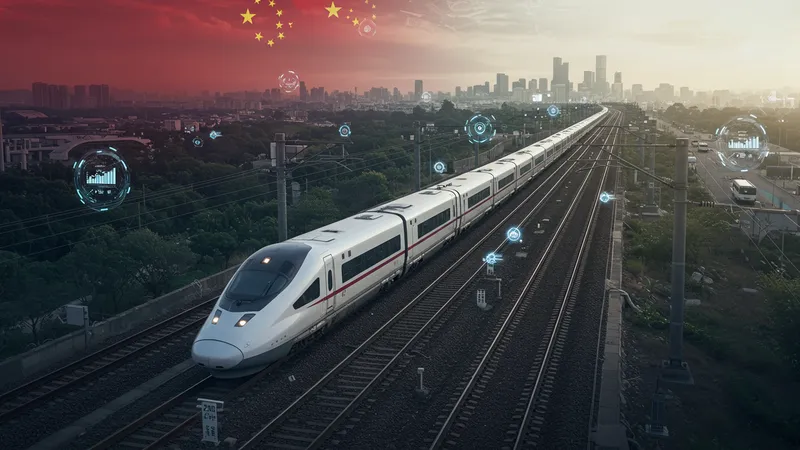
Silicon Valley’s tech giants are eyeing Korea’s transportation innovations too. They foresee opportunities for integrating cutting-edge autonomous systems with Korea’s high-speed networks. The potential marriage of two revolutionary technologies comes with a host of challenges, not least of which is cybersecurity. Yet the promise is undeniable—a transcontinental network of automated high-speed trains would be a true 21st-century marvel. But how will privacy concerns be addressed in this digital gospel? More players than you expect are soon to enter this arena.
From Berlin to Sydney, industry experts are flocking to Seoul to glean insights on execution. They've been eager to adapt Korea's model to mitigate similar urban issues in their cities. This transformation isn't just local, it's a storm brewing across international waters. But does the world possess the infrastructural backbone to support such ambitions? Time will tell, and it must, soon.
The potential for an unprecedented technology sharing ecosystem lies in the blended expertise that such partnerships bring. Aiding in tackling global issues like congestion and pollution, Korean inventions could offer a template for transformative policies worldwide. The anticipation of a new age in transportation is palpable as global eyes eagerly watch this space.
Developing such expansive projects comes with a hefty price tag, sending nations scrambling to secure funding. Korea has pioneered utilizing public-private partnerships (PPPs) to finance these ambitious endeavors. This strategy includes pooling resources from government bodies and private investors, ensuring risks and rewards are shared. Could this be the financial model the world needs for sustainable future developments?
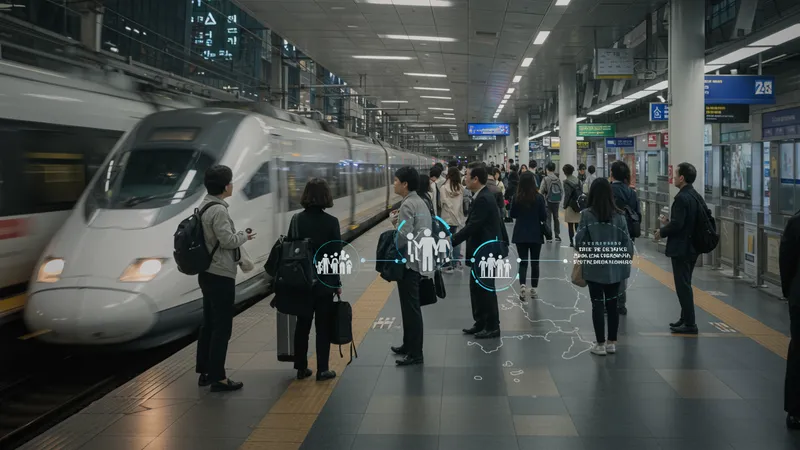
In Seoul, commuters stand by as costs rise, cautiously optimistic about the longer-term benefits. It's a gamble with high stakes, as high-speed trains promise to revitalize economies by making urban centers more accessible for work and tourism alike. The ripple effects could change everything. The real surprise comes from the innovative funding sources Korea has unearthed...
Investments from unlikely sectors—like fashion and entertainment—are being channeled into transportation. Major brands see a symbiotic opportunity in aligning with futuristic, eco-driven projects, marrying style with substance like never before. It’s redefining how industries support one another, but is this sustainable long-term?
The battle for budget allocation from governments worldwide could spark tensions as traditional versus innovation debates stoke political fires. As critics argue for budget focus on immediate socio-economic issues, will the global system weather this transitional period? The clock is ticking as every stakeholder awaits the ultimate payoff.
In cities like Seoul, integrating legacy train systems with new maglev infrastructure is a herculean task. These historic rail networks, steeped in tradition, pose nostalgia alongside operational challenges. Harmonizing retro aesthetics with future-ready tech may require unprecedented innovations but could redefine urban landscapes in progressive ways.
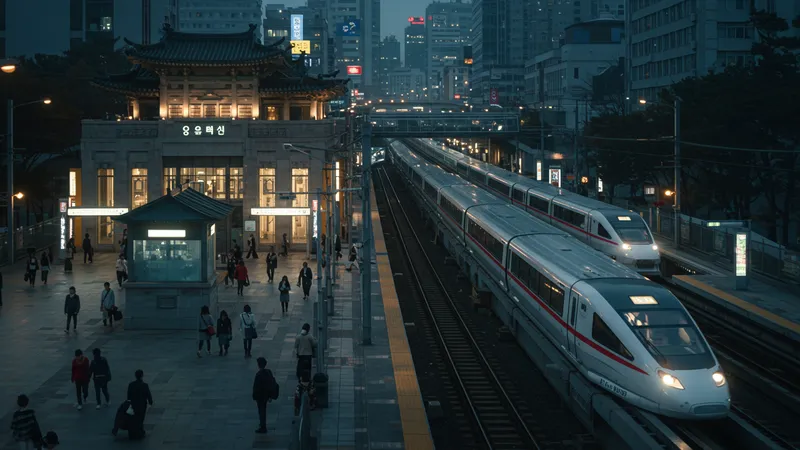
Korea’s ambitious strategy includes phasing out traditional trains gradually. However, there’s a catch—timing. Missteps in this delicate transition could lead to chaotic commuter experiences. People are bracing for the shift as they must reconcile their attachments to the old ways with hunger for what comes next. It’s a delicate dance on thin ice.
Could legacy systems act as inhibitors to these faster, cleaner networks? Cities worldwide face similar quandaries, with millions relying on outdated systems daily. It’s not just about speed; it’s about maintaining harmony amid rapid change. Korea might offer a blueprint, but much depends on the timing and execution.
One of the most notable lessons from Korea so far is the importance of combining cultural respect with technological progress. It's a balancing act—honoring the past while paving the future. Cities that mirror this approach may find a smoother path as they advance toward the new era of transit.
AI technology hasn’t just dipped its toes into high-speed transit; it has plunged headfirst. Korea’s maglev system employs AI for predictive maintenance, anticipating mechanical issues before they occur. This reduces downtime, but what if AI could do even more than just monitor trains?
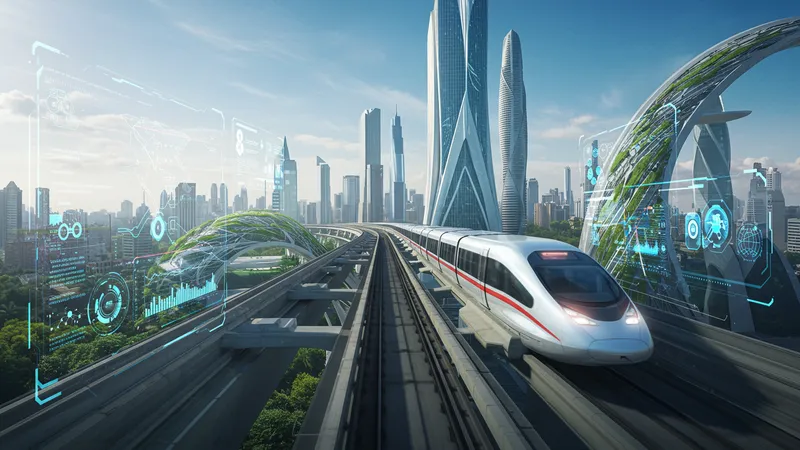
Imagine a future where artificial intelligence designs optimal transit routes blended seamlessly with urban layouts, minimizing construction disruption and maximizing efficiency. Could AI be the mastermind behind tomorrow's transport networks? Progress is inevitable, yet unforeseen logistical puzzles wait in the wings.
Of course, AI comes with its cyber pitfalls. Concerns about safeguarding against digital threats loom large. Are governments equipped to handle potential breaches in the age of cyber warfare? Is public trust at stake? The answers may usher in further technological safeguards.
The privacy discourse enters, raising ethical questions. How will data be managed responsibly, ensuring unobtrusive yet effective AI oversight? Conversations around balancing technological prowess with individual rights will shape how citizens view and accept these innovations in their daily lives.
If you’ve been waiting for the day when cross-country trips take a lunch break, Korea’s developments might soon redefine your travel habits. Imagine living in a city where commuting in record time becomes the new norm, affecting everything from job opportunities to leisure activities. Your neighborhood doesn’t have to limit you.
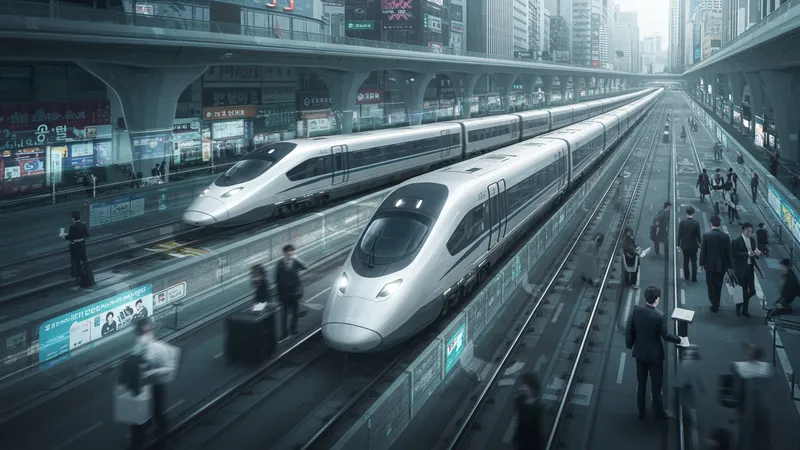
For businesses, these innovations mean access to markets and talent pools previously untapped. Companies can expand their horizons, looking beyond geographical restraints. Sales teams and client meetings streamlined at the speed of sound could transform entire industrial strategies.
Families, used to laborious journeys, will experience increased quality time, reshaping family dynamics and potentially altering societal norms. Imagine assembling extended families across sprawling distances for regular reunions, the past boundaries only memories. Commerce may evolve with fresh leases of connectedness.
Your travel habits will see seismic shifts too, with reduced dependency on air travel. High-speed trains offer an environmentally friendly solution to travel woes, with less hassle and heartache. But the biggest upheaval may be in how you visualize the very concept of 'distance.'
The global community is taking note as Korea pioneers a holistic approach, integrating tech, society, and environment. Urban planners far and wide are evaluating their own landscapes and the potential for similar innovations in their backyards. Each city’s blueprint will be unique, but Korea’s foundation offers a compelling template.
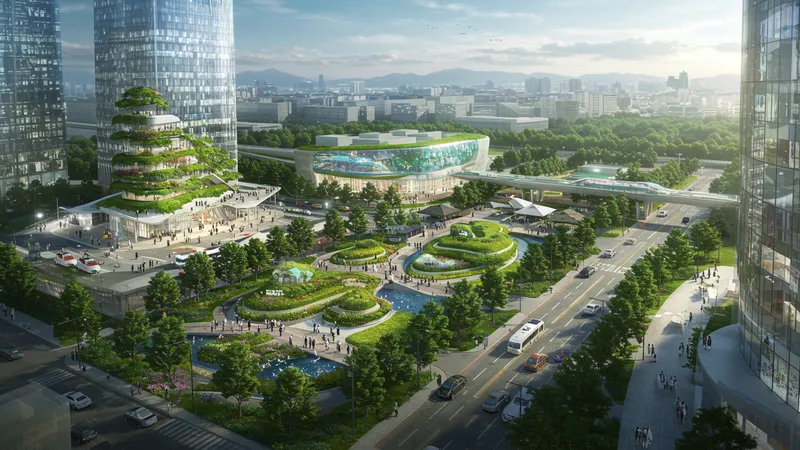
One standout lesson is the integral role of community in planning and execution. From early public involvement to continuous dialogue, Korea’s march toward smart mobility is as much a social pact as it is a technological triumph. What future awaits when people are truly at the heart of urban transformation?
From USA to India, Sweden to Brazil, the next chapter in high-speed transit involves creating cross-border collaborations that inspire shared visions and strategies. A cooperative effort could catalyze a transformation that transcends personal aspirations, impacting us as a global community.
This rising wave of transit evolution isn’t just about technical advancements; it’s an exploration of cultural dynamism, ecological sensitivity, and economic foresight. As you witness evolution unfold, the encouragement is towards proactive participation—your role in this saga is far from passive.
Longer-term, visions fracture into glimmering possibilities: an interconnected world more united than ever through speed and efficiency. Could Korea’s triumph mean that someday, every continent shares a universal time zone due to travel ease? The pace of eradicated time zones looms on the horizon.
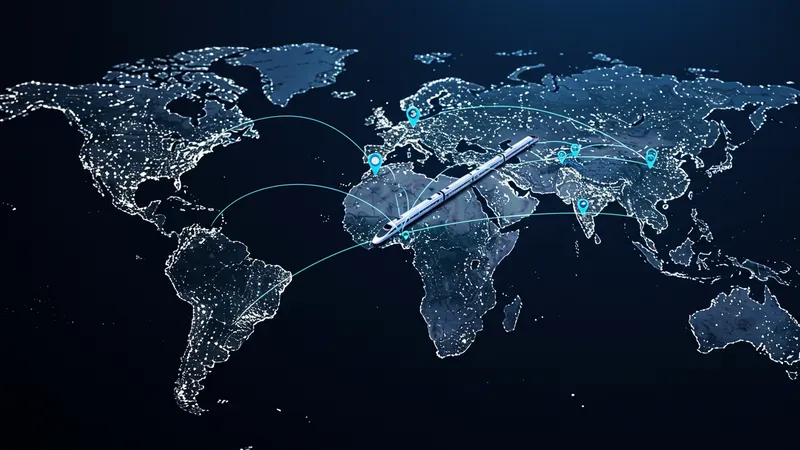
Korea’s knack for blending innovation with purposeful revitalization establishes a new archetype worth emulating—a future where high-speed rails are landmarks of prosperity and connectivity. Tangible touchpoints in a digitized world redefine traditional boundaries and expectations. The impact will be as palpable as it is profound.
Imagine major cities evolving into transnational hubs, with economies thriving and cultural exchanges occurring at lightning speed. Such vivid possibilities highlight an ever-closer human community, shrinking the vast world and expanding shared experiences. It’s an idea electrifying nations worldwide. Yet the horizon is scattered with unknowns, challenges barely glimpsed.
Fear not, even amid optimism, caution must reign. The sobering realization that these seismic shifts require diligent orchestration on global fronts cannot be understated. What emerges may depend not only on Korean dreams but also on unwavering international collaboration and expansive policy reimaginings.
The Korean populace exemplifies a rich tapestry of emotions in the face of these ambitious undertakings. Excitement courses through the veins of tech enthusiasts and avid travelers ready to embrace the hyper-connected future. They eagerly await the profound changes that Korea’s high-speed dreams promise to unleash.
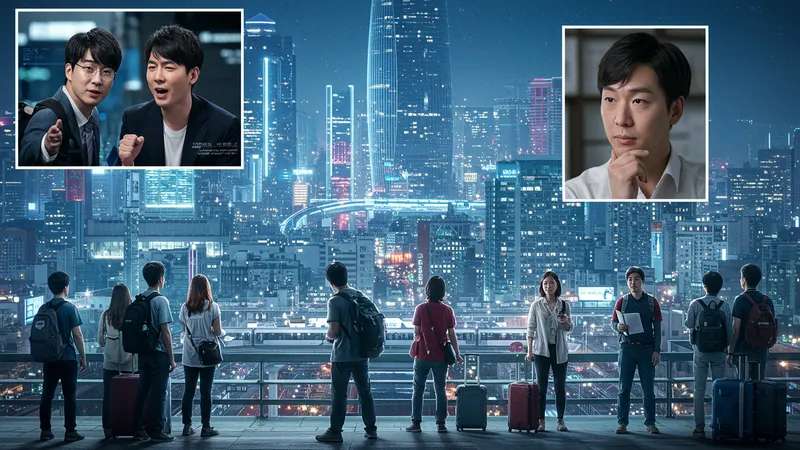
Conversely, skeptics voice concerns over feasibility and execution, wary of potential oversights and systemic imbalances. Public trust hinges on transparent stakeholder engagement ensuring accountability. It is this skepticism that may fortify project plans, nurturing resilience as placid waves turn unpredictable.
The hope interwoven throughout Korean society resonates with a belief in better tomorrows. An aspiration for greener, more connected cities becomes the powerful motivator, propelling public support and academic enthusiasm. Korea serves as both innovator and observer, aligning with swaths of expectancy.
The outcome of such projects will reverberate beyond Korea’s shores. Global citizens are watching education, policy, and socio-economic fronts, all intertwining in this spectacular evolution. It will be their lived experience, marking an ode to audacity and forward-thinking ingenuity.
In a world increasingly chained by the environmental clock, Korea offers more than a transit revolution—it's a climate action manifesto. High-speed rails promise lower emissions and less fuel consumption compared to traditional transport, meaning fewer carbon footprints.
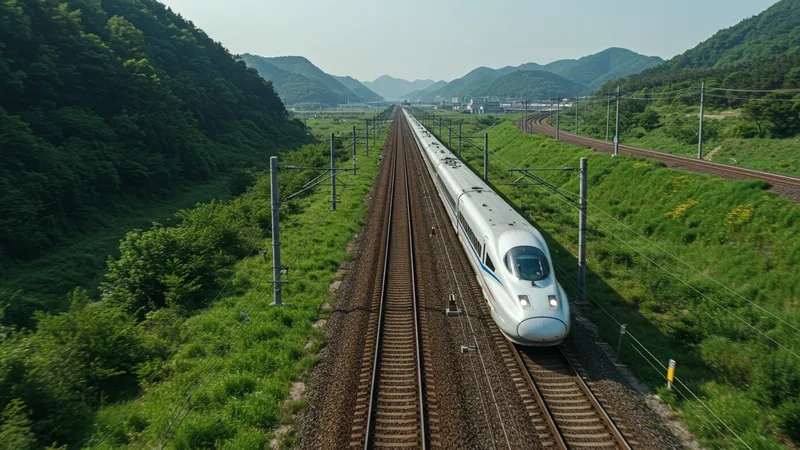
Eco-innovators see railways as salvation for harried industries, but can they usher sustainable change fast enough to combat pressing environmental challenges? We stand on the precipice of a critical transition, where failure to integrate quickly and effectively would be as stark as success is inspiring.
End users might barely notice the subtle environmental benefits at first, but their accumulated effect will be undeniable. Greener transit infrastructures drive positive urban transformations, contributing to cleaner air, reduced noise pollution, and rejuvenated cityscapes—a compelling argument for every commuter.
Yet challenges remain. Manufacturing and maintaining cutting-edge transit tech still require materials and processes not devoid of ecological consequences. The grand question: Can Korea’s strengths become a net positive force? The answer could hold the key to a greener Earth, the final frontier.
Picture a city that’s been transformed into a vibrant hub of connectivity, driven by a complex grid of high-speed networks. In 2050, Korea’s bold venture into rapid transit may complete a new tapestry of urbanism, with cities morphing into interconnected wellness hubs.
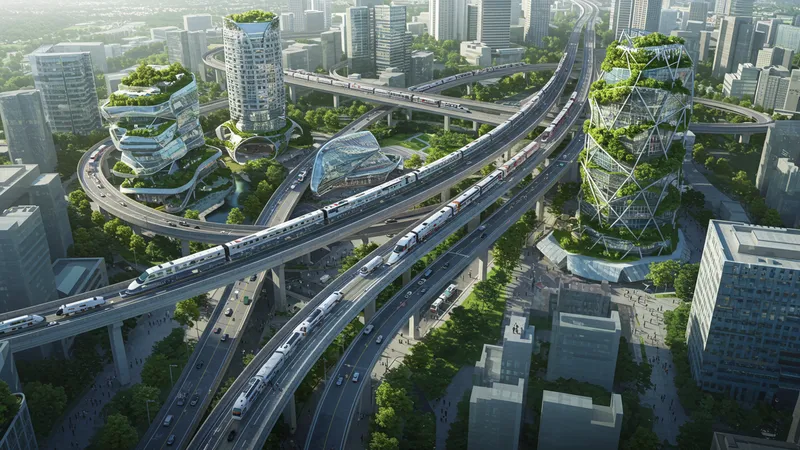
Boulevards bustling at the intersections of technology, convenience, and lifestyle unite diverse populations. Opportunities abound for skill sharing, cultural exchange, community-driven innovation—the beating heart of the 2050 metropolis beats loud and strong.
Citizens are no longer merely consumers of urban space; they thrive as contributors and stakeholders, attuned to both global narratives and local flavors. Smart cities seamlessly knit proactive youth with nostalgic elders, bridging gaps age-old divisions.
This future echoes a call to action, a dynamic opportunity for proactive visionaries to partake in crafting the next chapters of urban history. An era awaits us, informed by the current strides in Korea’s transport sage, contextualized in experience, emboldened by imagination.
A high-speed revolution isn’t merely infrastructural; it catalyzes a cultural kaleidoscope. Korea’s transit innovations ripple through every aspect of life—not just on the rails, but in hearts and minds reshaped by the journey.
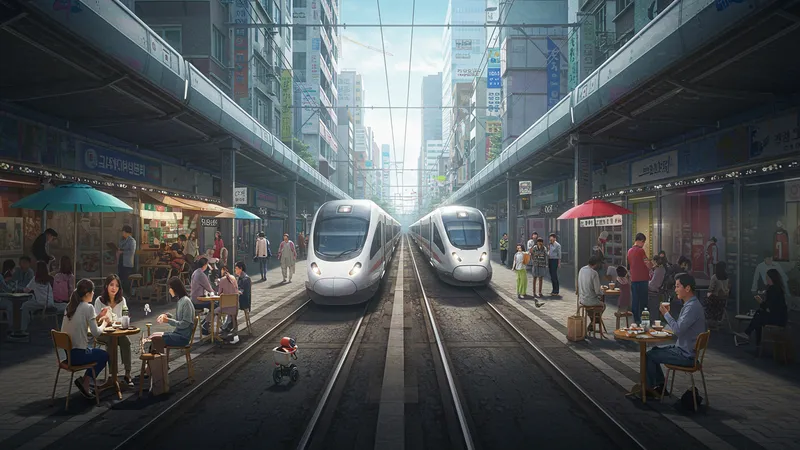
Citizens, once bound by routine, find spontaneous possibilities—says yes to an impromptu coffee in a distant neighborhood. It’s a slice of freedom, slicing societal confines into ribbons of new realities. Such cultural evolution, embedded in transit alone, echoes humanity’s enduring wanderlust.
Traditional cultural landscapes may take on fluid forms as diversity flourishes. Multicultural neighborhoods might emerge from the love for travel, where harmonious global dialogues unfold amid high-speed rhythms—legacies born of transition and camaraderie.
The world awaits richer narratives, forged as patterns of coexistence and shared human footprints crisscross community canvases. It may be a future where disparate elements unite into vibrant, cohesive artworks—a cultural capstone to a transformative transit legacy.
A high-speed revolution isn’t merely infrastructural; it catalyzes a cultural kaleidoscope. Korea’s transit innovations ripple through every aspect of life—not just on the rails, but in hearts and minds reshaped by the journey.
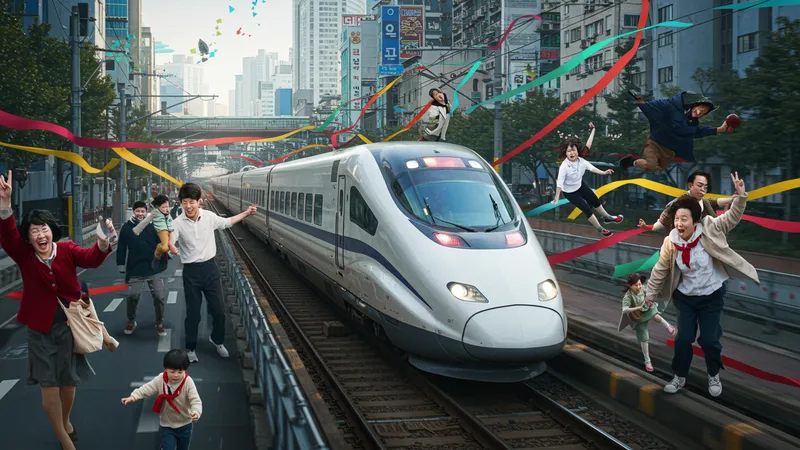
Citizens, once bound by routine, find spontaneous possibilities—says yes to an impromptu coffee in a distant neighborhood. It’s a slice of freedom, slicing societal confines into ribbons of new realities. Such cultural evolution, embedded in transit alone, echoes humanity’s enduring wanderlust.
Traditional cultural landscapes may take on fluid forms as diversity flourishes. Multicultural neighborhoods might emerge from the love for travel, where harmonious global dialogues unfold amid high-speed rhythms—legacies born of transition and camaraderie.
The world awaits richer narratives, forged as patterns of coexistence and shared human footprints crisscross community canvases. It may be a future where disparate elements unite into vibrant, cohesive artworks—a cultural capstone to a transformative transit legacy.
Spearheading change on a national level comes with reverberating global consequences. Korea's pioneering spirit in high-speed transit is a beacon, amplifying waves of innovation across international territories. Countries far and wide eagerly adopt novel structures inspired by Korea’s success.
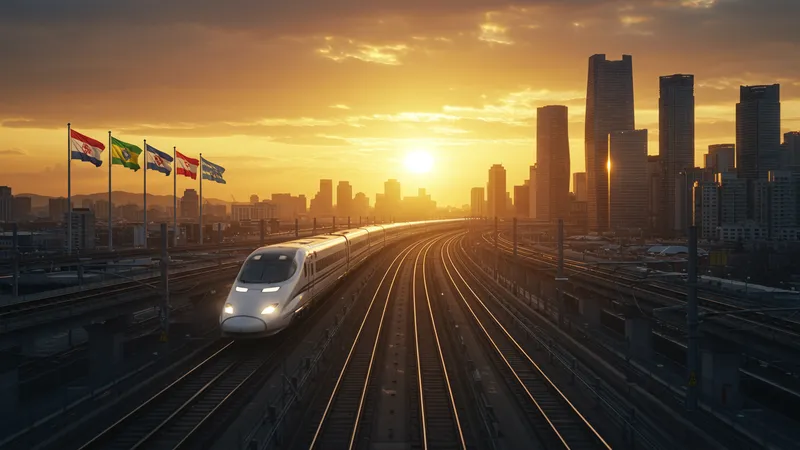
Governments observe key lessons in adaptability, flexibility, and technological iteration. The potential upsides of Korea’s transit experiments may flourish globally. Cooperation aligns strategic objectives with real-world outcomes—an essential cornerstone in today’s hyper-globalized environment.
The fascination with Korea’s ability to harmonize tech with culture transcends domains, encouraging interdisciplinary collaboration more potent than any individual pursuit. It’s a model of collective resilience and forward-thinking, one that might just tip the scales toward unprecedented innovation.
Yet persuasive arguments emerge against adopting homogenous solutions. Nations are urged to customize these learnings, adapting them to unique socio-geographic contexts. Time has shown one size never truly fits all, but cooperation and individuation might cultivate the most fertile grounds for change.
High-speed transit introduces concepts that re-envision urban and social spaces. Perhaps unexpected, the reinvigoration of public areas plays a crucial role in Korea’s urban makeover, aided by streamlined transit and reduced congestion.
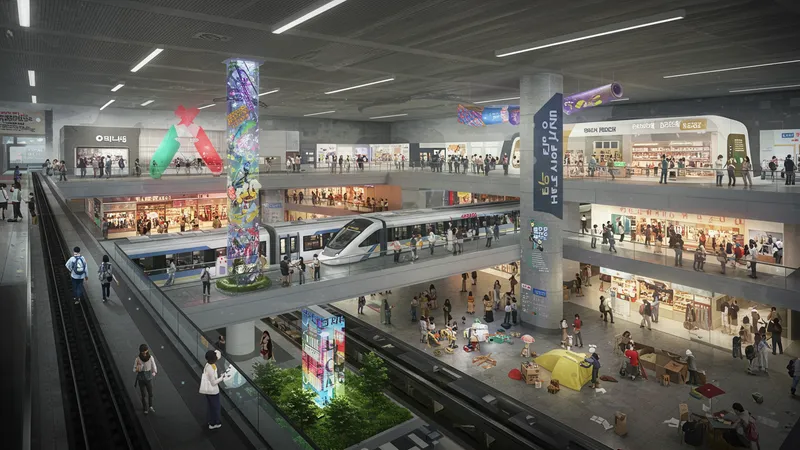
Revitalized transit hubs rise to replace isolated platforms, each as dynamic retail havens and cultural oases. Imagine places where creativity flourishes amidst a backdrop of cutting-edge transport brilliance, energizing sleepy corners—a modern agora of interaction.
Bus depots transform into vibrant art and performance centers, breathing new life into routine spaces. Food trucks mingle with dance classes, turning transit nodes into meeting points of fervent ideas and discovery. It’s public space rediscovered and renewed.
The urban outdoors metamorphoses into social landscapes, no longer mere pass-through zones. They beckon with promise, inviting citizens to linger and engage. The harnessing of space at this boundary of time-spanning bridges nurtures boundless creativity and connectivity.
The story of Korea’s high-speed transit adventure resonates as a catalyst for global dialogue on the future of mobility. It’s a narrative steeped in both audacity and inspiration, challenging assumptions and sparking debate across borders.
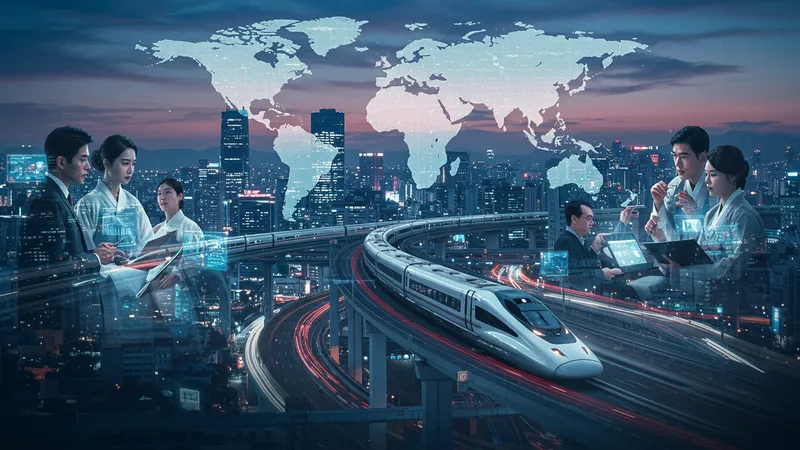
Nations find themselves at crossroads, weighing tradition against emergence, continuity versus disruption. Just as Korea challenges norms, so too must world thinkers, strategists, and dreamers question how they define progress and its impact.
For champions of technological advancement, the Korean blueprint encourages bold visions, ready to venture into realms of the fantastical. Dreams flourish where audacity dares tread, drawing innovation toward transformative futures poised for the taking.
But this ongoing dialogue begs a vital question: Can humanity’s converging narratives align harmoniously within the artifacts of progress? The world awaits as each contributor, each chapter, crafts the final harmonious masterwork.
Korea's next-generation transit vision is not just a transport story; it’s a provocative lens into a future where speed, sustainability, and innovation converge to transform society. The invisible tracks laid by their advances traverse geopolitical and cultural borders with the promise of unity and progress. Now, more than ever, sharing these insights may catalyze global transformations, embracing accessibility and sustainability. It leaves us lingering on one persistent question: can other nations keep pace in this exhilarating race?